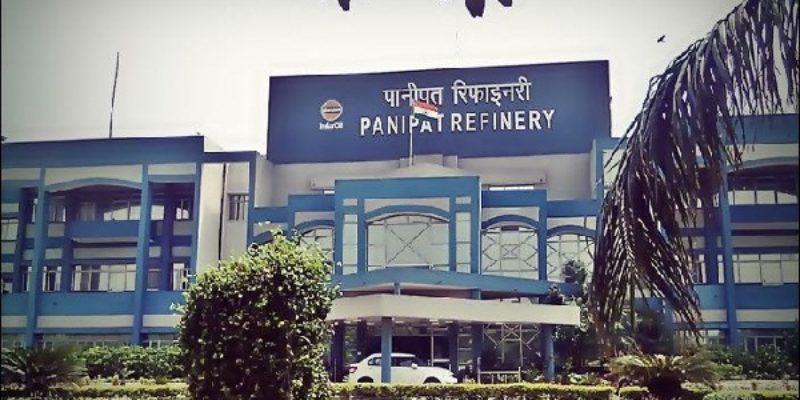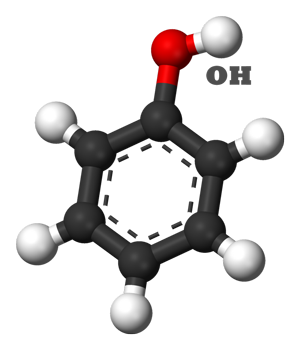

Bioremediation of
Phenol Residuals
Bioremediation process is one of the cost effective process to treat biological contaminants like COD, BOD etc. The process gets affected when the concentrations of other inorganic contaminants (like heavy metals, phenols, sulphides, ammonia, chlorides etc.) increases. Compared to physio-chemical treatment, biological treatment is environmentally friendly and energy saving, but it cannot treat high concentration pollutants.
But unlike other high MLSS bioremediation processes ACT’s performance is very much immune to most of these contaminants. One of them is Phenols, Phenolic compounds are priority pollutants with high toxicity even at low concentrations. ACT process not only stay stable in high phenols (<250 ppm) but also treat them.
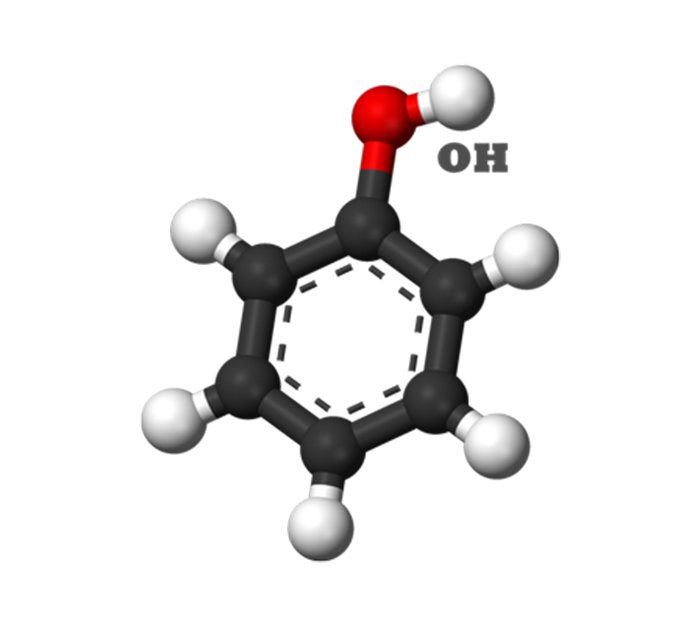
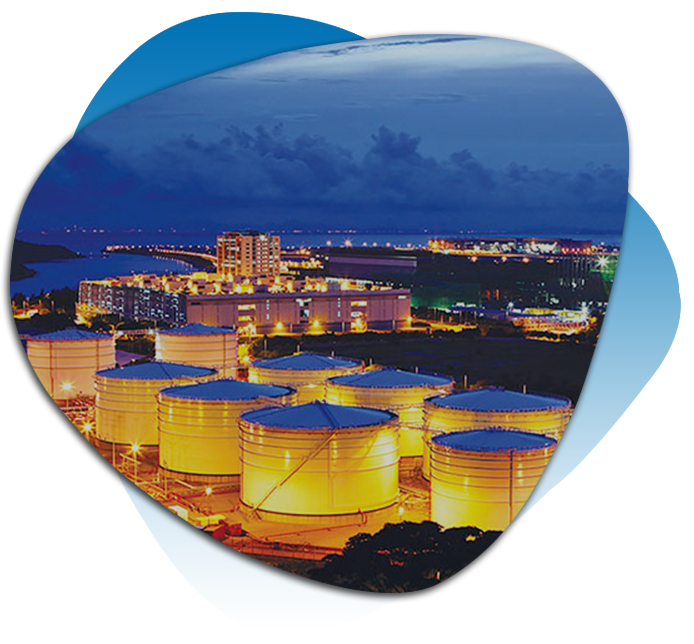
A Case Study on Phenol Residuals
One of the largest crude−oil refineries in South Africa encountered a plant upset that resulted in 5,000 m3 of highly contaminated wastewater. For several months, the water was stored in a storage tank within the plant. Due to the high contamination level which specifically included a high concentration of phenols, the water could not be drained into the municipal sewer. According to the plant’s production manager: “we were determined to find a solution that would not only treat the water, but would be a cost effective and environmentally responsible”.
Why Choose
ACT Technology
Automated Chemostat Treatment (ACT) starts with selecting the most efficient bacteria cocktail from the process effluent on BPC’s labs, once this process specific bacteria cocktail is isolated and bacteria cocktail is prepared, the bacteria in delivered to the site as a one time starter. In the bioreactor itself the cells are maintained at a very low concentration inside the bio reactor (MLSS value of around 100-400 ppm dependence on the organic load in the system.
The bacteria concentration is distributed throughout the bio reactor and they act as single cell treatment units as no aggregates are formed; this ensures that the biological oxidation process is highly effective when compared with the concentration that has to be maintained within the bio reactor.
BPC’s ACT is a one flow system as there is no need of recalculating sludge to maintain the required bacteria population in the bio reactor, the rate of growth of the bacteria culture within the bio reactor is always maintained at a rate equal to or higher than the rate at which bacteria culture is being washed away with the out flowing effluent. The HRT for ACT is equal to the sludge retention time, as the bacteria age in the ACT bioreactor is low, the bacteria culture is maintained in its logarithmic growth phase, and this young bacteria population ensures higher bacteria activity and ensures that the process is highly efficient in consuming organic contaminations.
Complete automation and stability are two of the primary advantages of the BPC-ACT system. Each installation is monitored by a series of online sensors with real-time reaction capabilities. Errors in the system are immediately detected by ACT and dealt with through automatic troubleshooting. Control systems notify operations personnel via SMS and email. This ensures that BPC’s ACT is able to respond to any changes in the effluent parameters in real time.
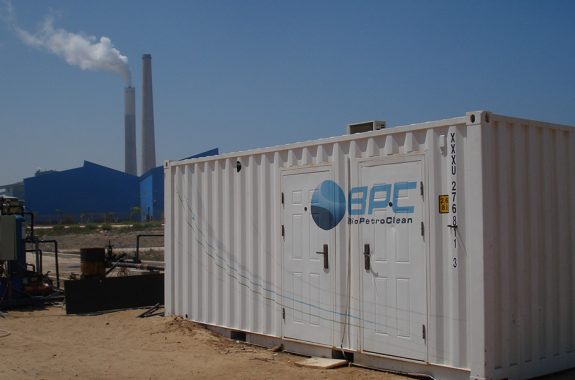
The BPC-ACT process transforms water treatment into a more efficient, economical, and ecologically-friendly process using its patented technologies. The system can be applied to a wide range of sites.

Unmatched Stability
ACT Provides Unmatched Stability in face of upsets of organic load and contaminations in the system. This stability is due to a unique control system that automates the complete process of biological treatment (Aeration) which is available only with ACT.

Closed loop Automation
All system parameters are measured online and there is no requirement for laboratory based tests that take 2-3 days to give results. The system runs completely automatically without the need of constant human intervention, handling upsets as they happen.

Broad MLSS Spectrum
ACT is the only system in the world that can operate at a wide variety of MLSS (lowest 300ppm) and F/M ratio (varying between 2 to 20), which means ACT can manage higher inlet fluctuations (both high and low) in organic load than any other system.

Better Upset handling
Conventional systems are not able to perform for 2-3 weeks following an upset resulting in effluent which has parameters over the design limits. ACT is able to avoid most upsets and if an upset occurs, the recovery time is 2-3 days.

Better RO Downstream stability
With an RO system downstream the stability that ACT offers is very important. The RO uptime (operational) is maximized, with no need for dilution of RO make up stream due to ETP non performance during an upset and the recovery.

Better Effluent treatment
Investment in treating effluent that is above specifications is much higher at the RO (chemical precipitation and Ultra Filtration), when it is compared with the investment it takes in the ETP to ensure that effluent is treated properly.

WORKING OF
ACT Technology
- A bacteria batch is isolated from the effluent.
- This bacteria culture is maintained in an Auto-Starter Basin (batch reactor which is 10% of the main bioreactors volume) near the bioreactor in case the system needs to be shutdown (e.g. for maintenance), the culture is always ready to repopulate the bioreactor, and the bacteria culture is the proprietary information of the client (in this case IOCL Panipat Refinery)
- A control system monitors parameters like TOC(Total Organic Carbon), TN(Total Nitrogen), TP(Total Phosphorus), pH, DO(Dissolved Oxygen), OUR(Oxygen Uptake Rate), and based on these parameters runs the system automatically, ensuring smooth operations and instantaneous reaction to inlet parameters.
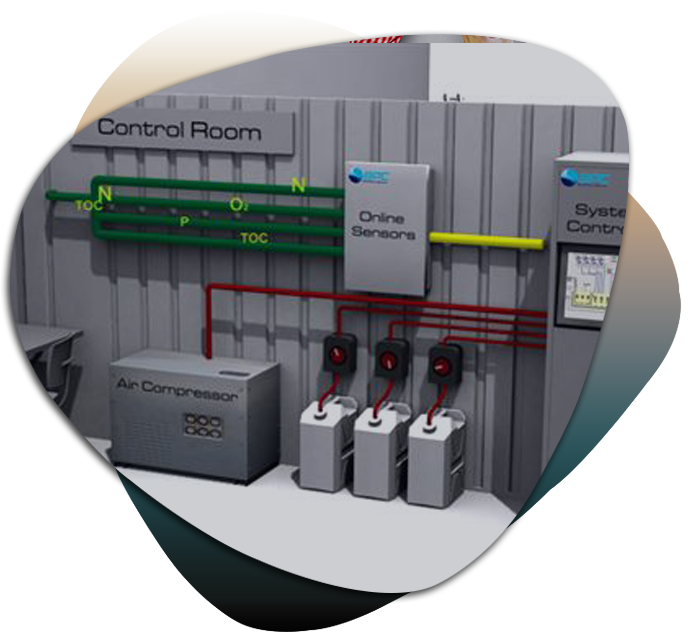

ACT PROJECTS IN
INDIA

- IOCL PTA ETP - Panipat, Haryana
- OPAL Petrochemical Complex Installation (Operational since 2016- EIL managed Tender) - Dahej, Gujarat
- BPCL Refinery, ETP under Integrated Refinery Extension project - Kochi, Kerala
- Naroda Enviro Projects Limited CETP - Naroda, Gujarat
- HMEL Refinery - Bhatinda, Punjab

Testimonials
What Our Client’s Say
Design is a way of life, a point of view. It involves the whole complex of visual commun ications: talent, creative ability, manual skill, and technical knowledge.
Design is a way of life, a point of view. It involves the whole complex of visual commun ications: talent, creative ability, manual skill, and technical knowledge.
Design is a way of life, a point of view. It involves the whole complex of visual commun ications: talent, creative ability, manual skill, and technical knowledge.
Design is a way of life, a point of view. It involves the whole complex of visual commun ications: talent, creative ability, manual skill, and technical knowledge.
Design is a way of life, a point of view. It involves the whole complex of visual commun ications: talent, creative ability, manual skill, and technical knowledge.
Design is a way of life, a point of view. It involves the whole complex of visual commun ications: talent, creative ability, manual skill, and technical knowledge.
contact us
Book your free consultation
Got any questions regarding our technology ?
Let us know, we will be glad to assist!!!



